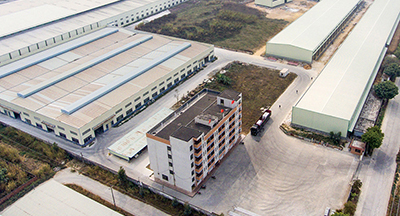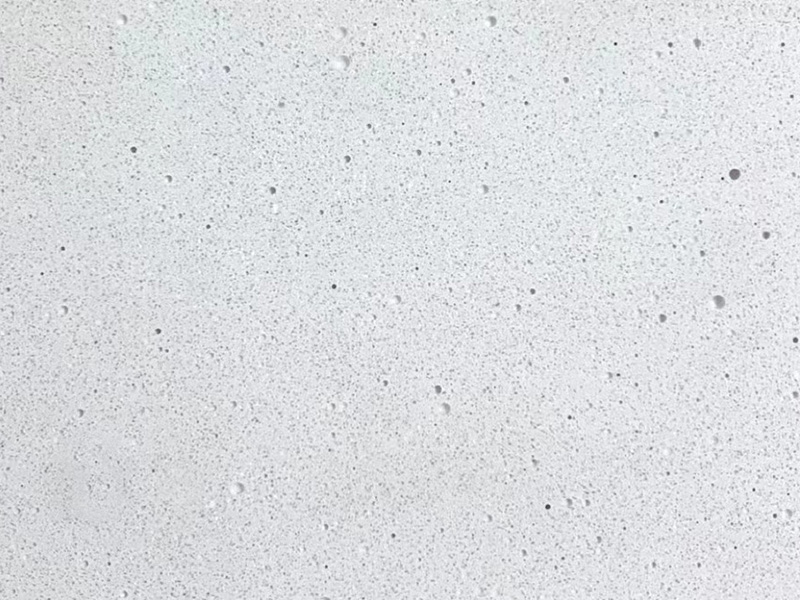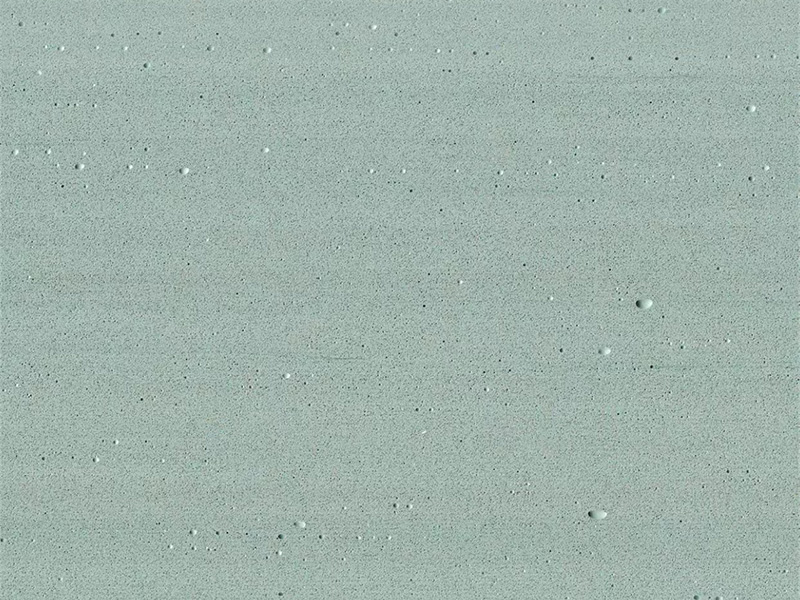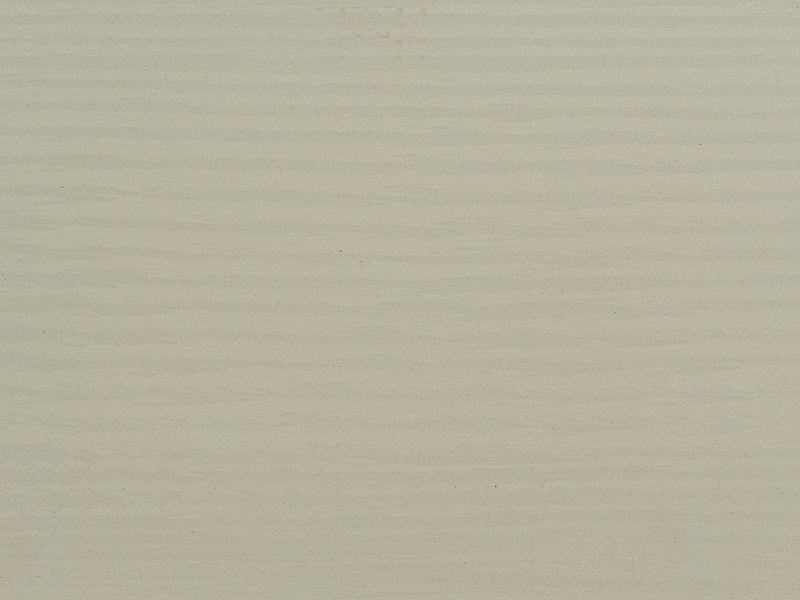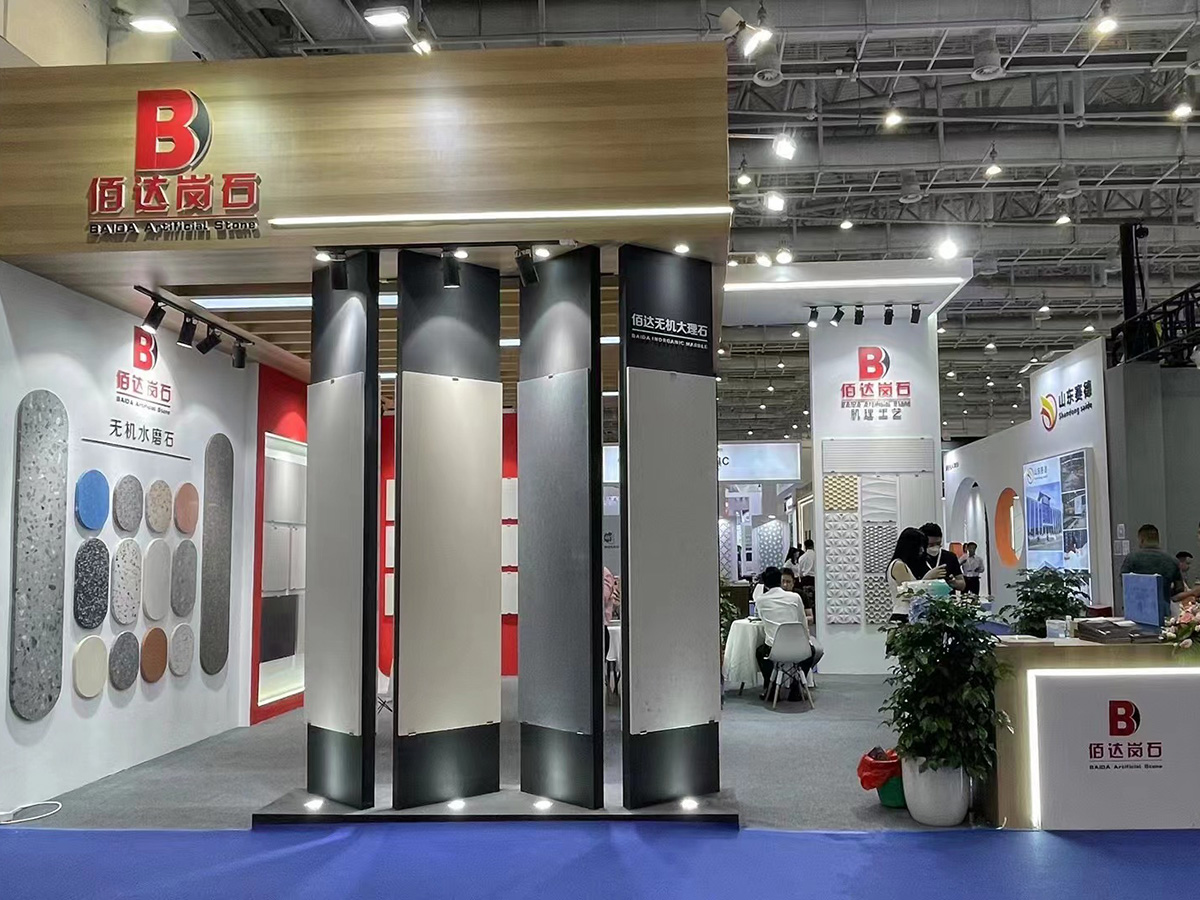Artificial stone: a perfect fusion of beauty and practicality
Artificial stone, as a type of artificially manufactured stone, has achieved great success in the fields of architecture and decoration in recent years. It is made by mixing natural stone particles or other synthetic materials with adhesives such as resin and cement, and is cured and formed through high-temperature or high-pressure processes. This production process makes artificial stone a building material with similar appearance and properties to natural stone, but more advantageous in cost and design flexibility.
Firstly, the production materials of artificial stones are extensive and can be flexibly adjusted, so the design in terms of color, texture, and shape can better meet personalized needs. This provides more choices for architects and interior designers, allowing artificial stones to adapt to different design styles and spatial needs. Whether it is the antique European style, modern minimalist style, or Asian traditional style, artificial stones can echo and integrate into it.
Secondly, artificial stone is more cost-effective compared to natural stone. The extraction and processing costs of natural stone are relatively high, while the production process of artificial stone can better control costs, making the final product more user-friendly. This makes artificial stone an ideal choice in some large-scale engineering or budget limited decoration projects, which can not only reduce overall costs but also achieve high-quality decoration effects.



The application range of artificial stones is also very wide. In the kitchen field, artificial stones are often used to make countertops, and their sturdy, durable, and easy to clean properties make kitchen work more convenient. In the bathroom, the waterproof performance of artificial stone makes it an ideal material for wall and floor decoration. In addition, artificial stone can also be used to make floors, steps, window sills, etc. Its wide application makes it a star material in the field of architectural decoration.
However, although artificial stones perform well in many aspects, there are also some issues that need to be noted. Firstly, due to its main components including artificial materials such as resins, volatile organic compounds (VOCs) may be generated in certain specific environments, so ventilation is necessary when used indoors. Secondly, during use and maintenance, it is necessary to avoid excessive high temperatures or scratches from sharp objects, in order to avoid affecting the service life of artificial stones.
Overall, artificial stone has become one of the most popular materials in the field of architecture and decoration due to its aesthetic, practical, and economic characteristics. It not only meets the diverse needs of design, but also provides more flexible choices for the overall budget of the project. In the future, with the continuous progress of technology and the continuous improvement of production techniques, artificial stones are expected to play a greater role in the construction field, creating a better and more comfortable living space for people.
Article source: Artificial stoneWww.baidstone.com
-
06-04
Review of Xiamen Stone Exhibition in June 2023
-
03-16
Review of Guangzhou Design Week in March 2023
-
10-10
Terrazzo: The Beauty of Flowing Light and Colorful Architecture
Terrazzo, a building material with a unique charm, is increasingly praised for its natural beauty and versatility in the field of architectural design and decoration.Firstly, terrazzo stands out for i
-
10-10
Inorganic Stone: The Sediment of Nature and the Eternal Choice of Architecture
In the vast field of building materials, the concept of inorganic stone has emerged, becoming a darling of the construction industry due to its unique properties and excellent durability.Inorganic sto





